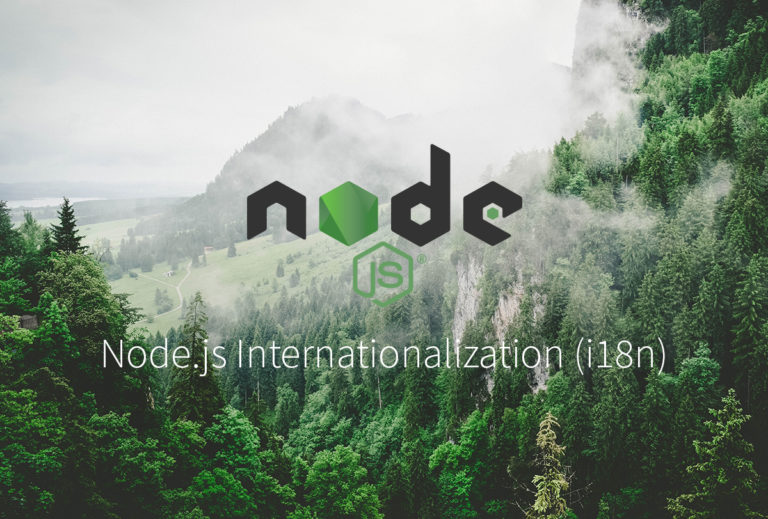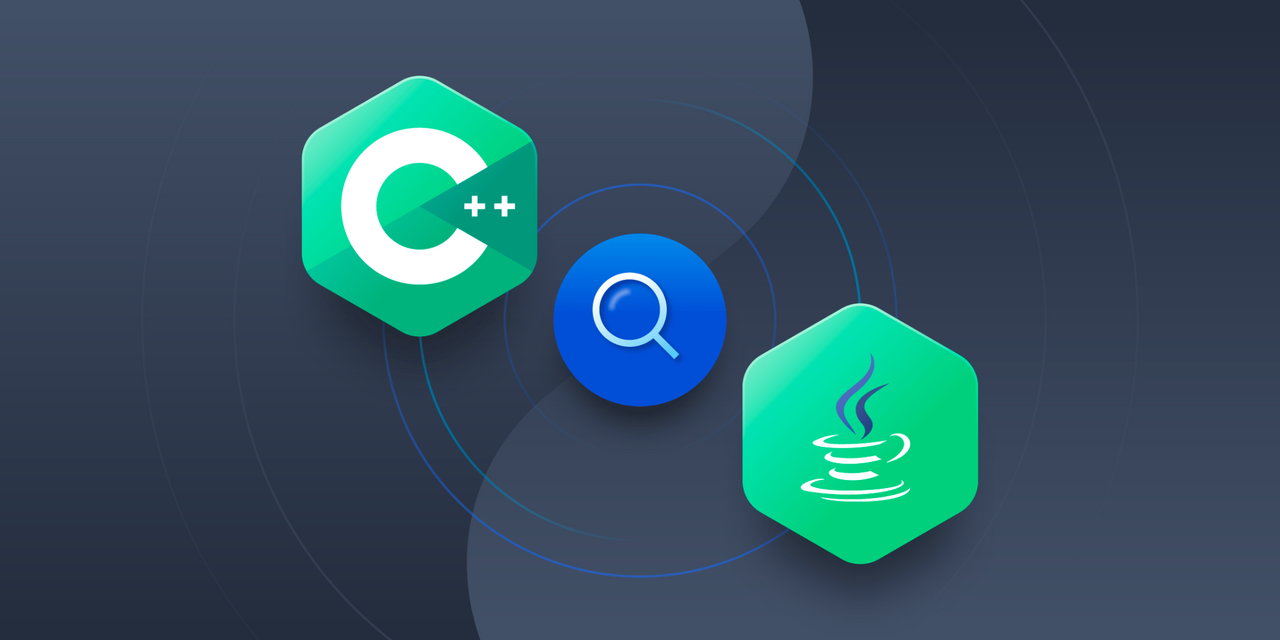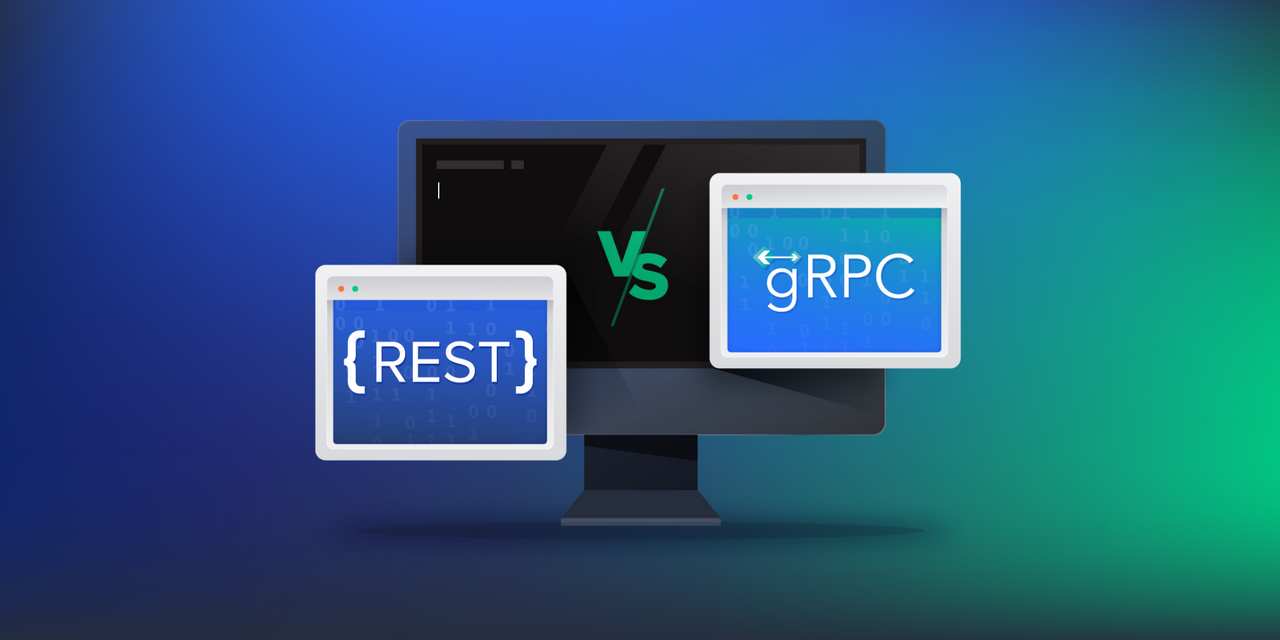Blog Details
 30 Jun
30 Jun
you are a serious Node.js software engineer, working with Express, Koa, or a similar framework, you will need to be able to internationalize your app so it can support different locales. In this tutorial, you will learn how to set up i18n support in Node.js and organize your translations for your app to reach as many international users as possible.
- Phrase Blog
- Developers
- The Ultimate Guide to Node.js Internationalization (I18n)
Node.js is an asynchronous event-driven JavaScript runtime designed to help build scalable network applications. In essence, it allows JavaScript to run in the backend as a server-side code.
The Node ecosystem is vast and it relies on community projects. Although there are numerous tutorials online exploring Node.js and its libraries, the topic of Node internationalization is almost left behind.
So, when you have the need for scalable I18n solutions that are easy to use and implement, it pays to make some sensible software architecture demissions upfront.
This tutorial will try to fill that gap by showing ways of integrating i18n and adapting to different cultural rules and habits in your Node.js applications in a sensible manner.
For the purposes of this tutorial, I will be using the latest Node.js LTS runtime v8.94, and the code for this tutorial is hosted on GitHub. For convenience, we are going to use the –experimental-modules flag in order to use es6 imports in code. You can achieve the same result using babel with preset-es2015.
Let’s get started!
Contents





ONLINE TRAINING FEATURES
Register for Course !
📞 Instant Call | 🎓 Free Demo | 📋 Course Info